At the EAPC 2025 Congress, the Asia Pacific Hospice Palliative Care Network (APHN) proudly presented a special session featuring the Cynthia Goh Palliative Care Fellowship (CGF). Opening the session, Mr. Giam Cheong Leong, Executive Director of APHN, paid tribute to the late Prof Cynthia Goh and her enduring legacy.
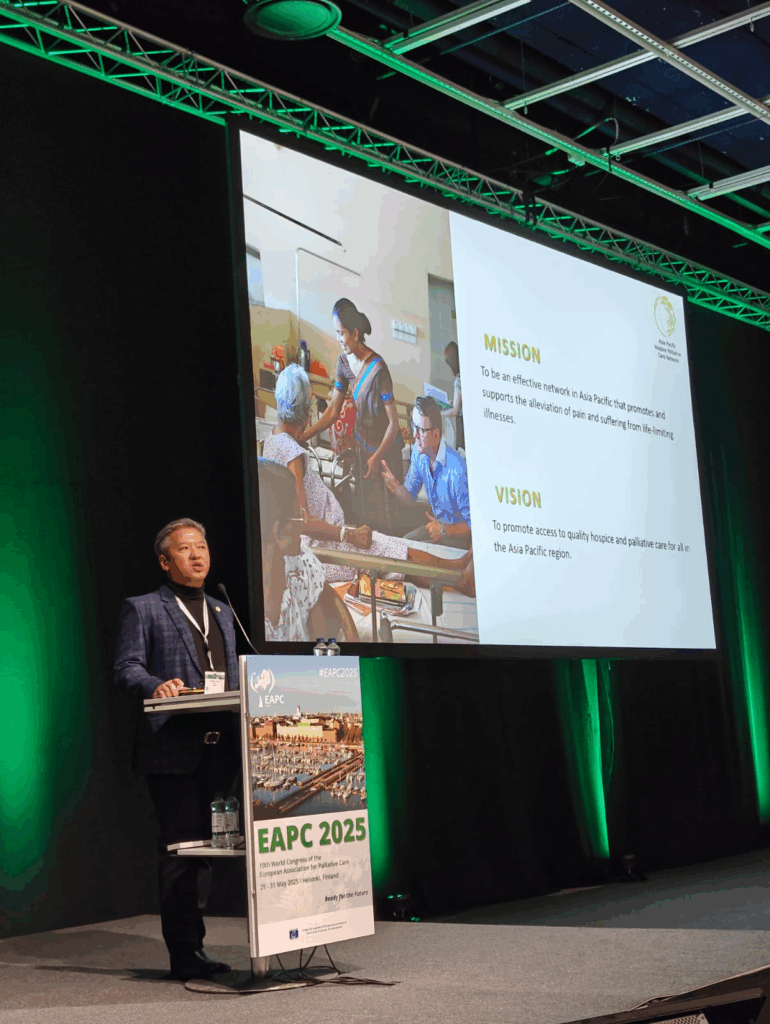
“The CGF isn’t just a fellowship programme—it’s a movement,” he shared. “It’s about nurturing the next generation of palliative care leaders across Asia: not just clinicians, but advocates, policy-shapers, and community builders. Through upstreaming and human-centred design, our Fellows are bringing compassion earlier into the care journey—where it belongs.”
With that, five Fellows took the stage to share country-led initiatives grounded in empathy, evidence, and collaboration.
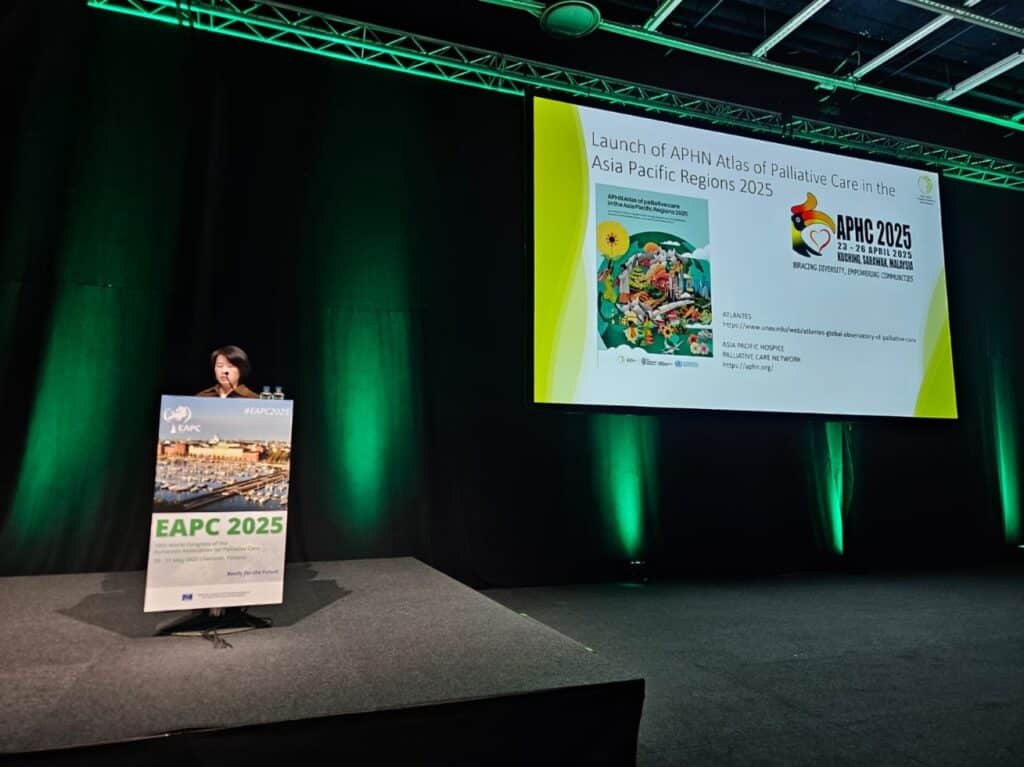
Bhutan – Championing the Cause
Dr. Shirlynn Ho shared Bhutan’s remarkable transformation—from having no formal palliative care services in 2018 to establishing structured training, national strategies, and regional service expansion. With strong political engagement and cultural alignment, Bhutan is embedding compassion at the heart of national health.
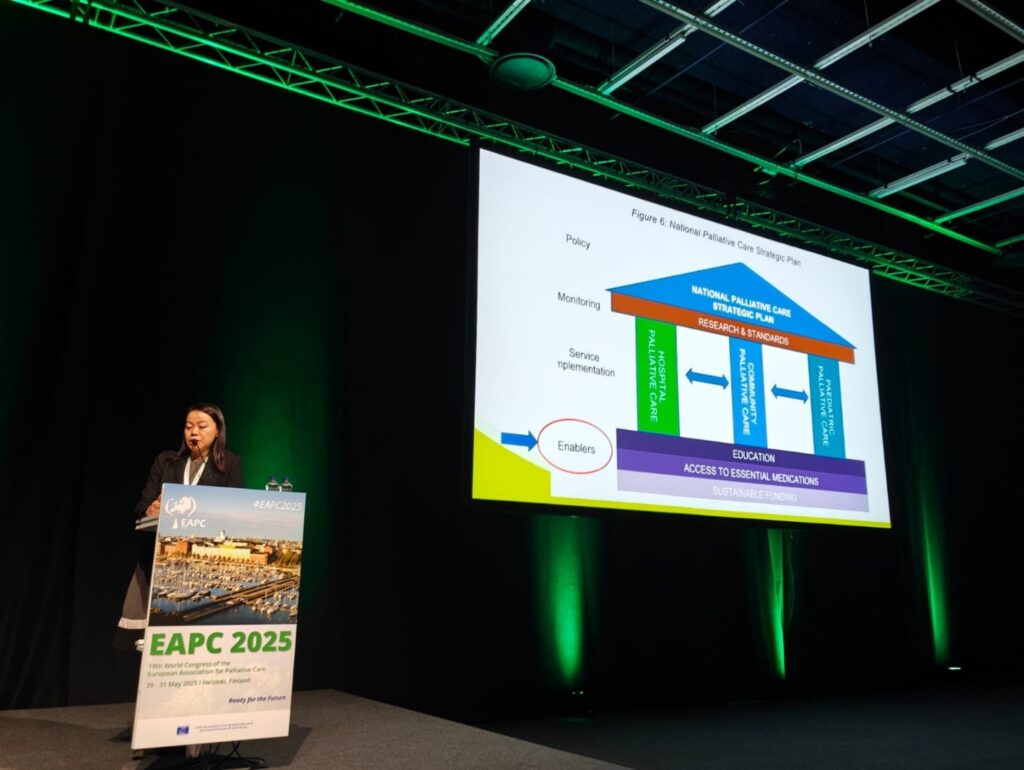
Sarawak, Malaysia – Building a Compassionate System
Dr. Sharon Choo highlighted Sarawak’s ambitious plan to extend services into remote communities. By empowering family medicine doctors and nurses as trainers and securing political will, East Malaysia is strengthening its system from the ground up, especially in underserved regions.
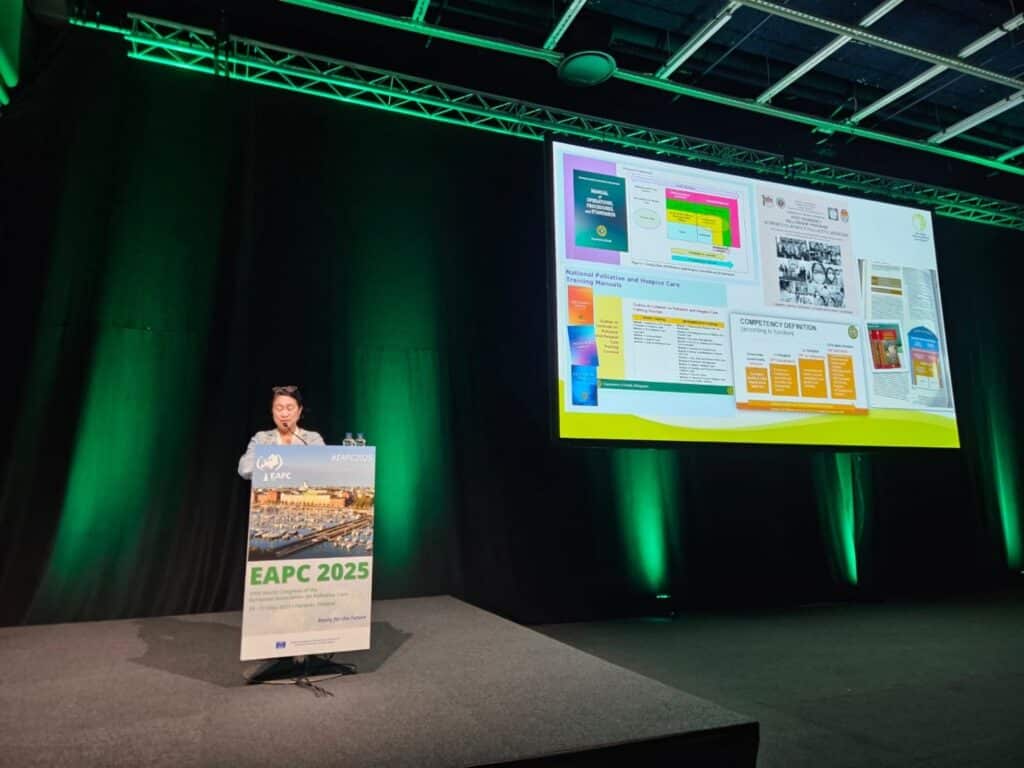
Philippines – A Shared Commitment
Dr. Rumalie Corvera presented the Philippines’ integration of palliative care into national law, scaling services through training modules, public-private partnerships, and community engagement. With institutional frameworks in place, the country is building a future where access is equitable and quality assured.
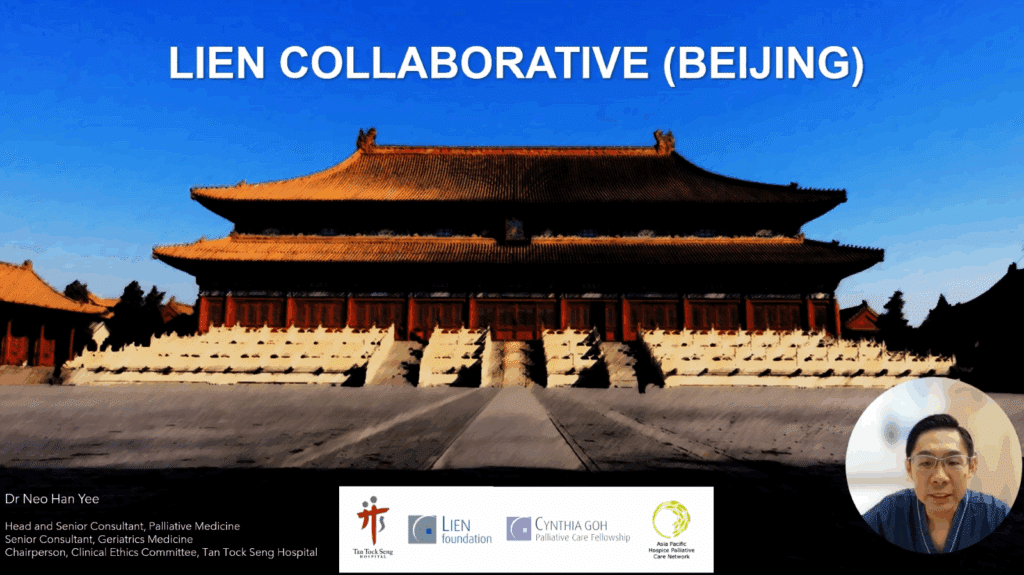
China (Beijing) – Bridging Systems Through Collaboration
Dr. Neo Han Yee shared Beijing is advancing palliative care through a cross-border partnership with Singapore, supported by the Lien Collaborative. With a goal for all 17 districts to have palliative care centres by 2025/6, the initiative includes clinical observerships, shared protocols, and upstream integration strategies. Barriers such as cultural perceptions, workforce training, and policy gaps are addressed through mentorship, public engagement, and quality improvement.
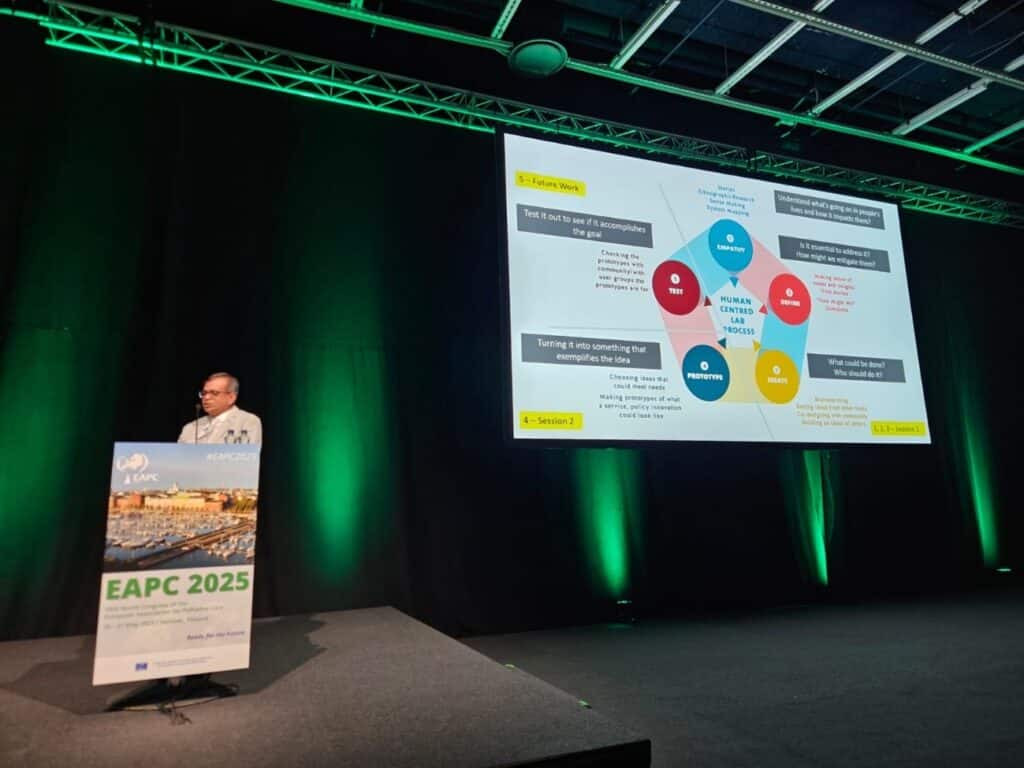
India – Systemic Integration through Policy and Practice
Dr. Naveen Salins presented a roadmap grounded in systemic reform: training oncologists, supporting families, reducing financial burdens, and ensuring service access across all health settings. India’s approach is both holistic and culturally attuned—placing dignity at the centre of care.
Human-Centred Co-Design (HCD) – From Ideation to Prototype , a Regional Tool in the Making
Dr. Salins also introduced the HCD model adopted by CGF: a participatory design process that involves patients, caregivers, nurses, and policymakers in co-creating solutions. Using frameworks like FRESCO, the team developed a prototype to guide upstream integration in diverse cultural settings.
In a follow-up session, Dr. Salins unveiled the co-designed prototype—based on stakeholder feedback across five countries. This tool helps identify care gaps, improve early integration, and embed palliative care into mainstream healthcare systems. The next phase includes pilot testing in local contexts.
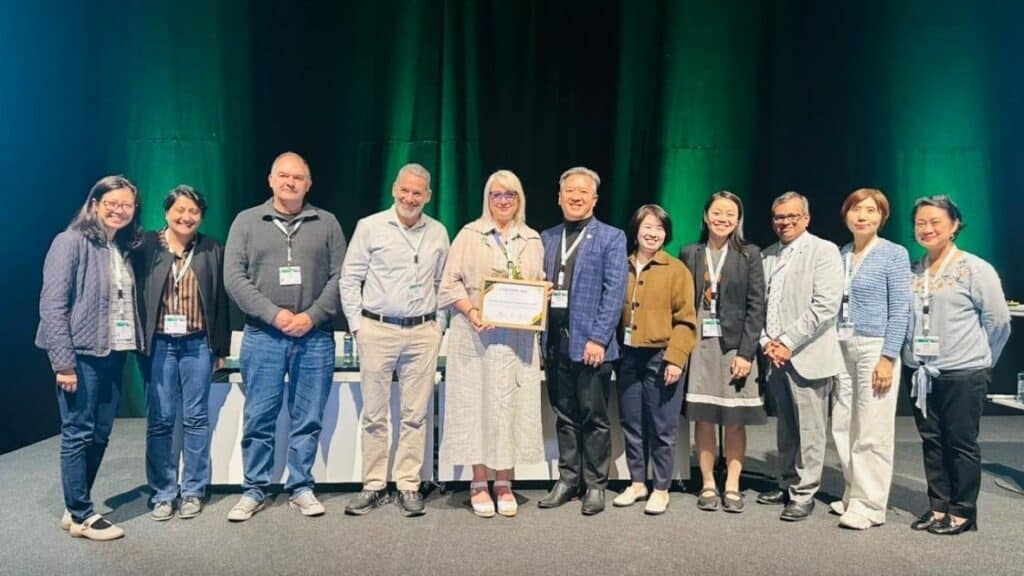

Join the Cynthia Goh Palliative Care Fellowship (CGF)
As the session concluded, Mr. Giam extended a heartfelt invitation:
“If you’re a clinician in Europe passionate about making a difference in Asia—join us.”
With up to SGD 20,000 in support and a three-year personalised development journey, the CGF offers a unique opportunity for global professionals to contribute to real-world change across Asia Pacific.
Learn more or apply today: https://aphn.org/cynthia-goh-palliative-care-fellowship/
**The Cynthia Goh Palliative Care Fellowship was co-developed by the Asia Pacific Hospice Palliative Care Network (APHN) and the Lien Foundation, a philanthropic house in Singapore.
